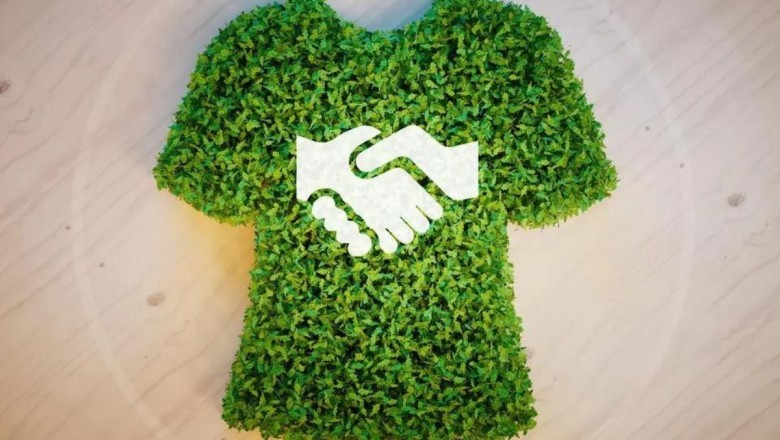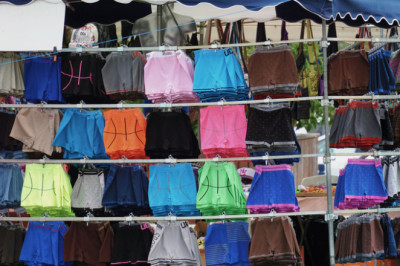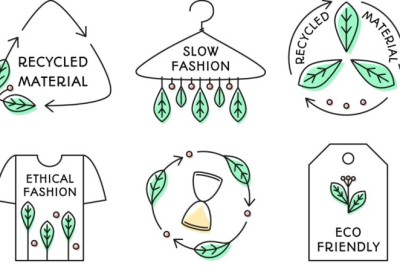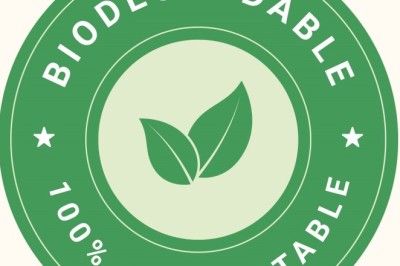views

Beyond Greenwashing: How to Spot Truly Sustainable Fashion Brands
In today's world, the term "sustainability" has become increasingly prevalent in the fashion industry. As consumers become more conscious of their environmental impact, they are seeking out brands that prioritize ethical and sustainable practices. However, amidst this growing trend, there is also a phenomenon known as "greenwashing" – where companies falsely market themselves as eco-friendly to appeal to environmentally conscious consumers. In this article, we will delve into the concept of greenwashing and provide insights on how to distinguish truly sustainable fashion brands from those that engage in misleading practices.
Understanding Greenwashing
Greenwashing refers to the deceptive marketing tactics used by companies to portray themselves as environmentally friendly, without actually implementing meaningful sustainable practices. This can include vague or misleading claims about their products or initiatives, exaggerating their environmental efforts, or simply jumping on the sustainability bandwagon without making substantial changes to their operations.
Key Indicators of Truly Sustainable Fashion Brands
-
Transparency: Truly sustainable fashion brands prioritize transparency and are open about their production processes, materials sourcing, and supply chain practices. Look for brands that provide detailed information about their environmental and social impact, including certifications, audits, and third-party verification.
-
Ethical Sourcing: Sustainable fashion brands prioritize ethical sourcing of materials, ensuring fair wages, safe working conditions, and respect for workers' rights throughout their supply chain. Look for brands that prioritize partnerships with suppliers and manufacturers who share their commitment to ethical practices.
-
Eco-Friendly Materials: One of the hallmarks of sustainable fashion is the use of eco-friendly materials that minimize environmental impact. Look for brands that use organic, recycled, or biodegradable materials in their products, such as organic cotton, hemp, recycled polyester, or Tencel.
-
Minimal Waste: Truly sustainable fashion brands prioritize minimizing waste throughout the production process, from design to manufacturing to packaging. Look for brands that utilize zero-waste or closed-loop production techniques, prioritize recycling and upcycling, and minimize packaging waste through sustainable packaging solutions.
-
Longevity and Durability: Sustainable fashion is about quality over quantity, with an emphasis on creating timeless pieces that are built to last. Look for brands that prioritize durability and craftsmanship, offering well-made garments that can withstand the test of time and reduce the need for frequent replacement.
-
Certifications and Accreditations: Truly sustainable fashion brands often hold certifications and accreditations from recognized organizations that verify their environmental and social impact. Look for brands that are certified by reputable organizations such as Fair Trade, Global Organic Textile Standard (GOTS), or the Better Cotton Initiative (BCI).
How to Spot Greenwashing
While some brands may claim to be sustainable, it's essential to look beyond marketing slogans and delve deeper into their practices. Here are some red flags that may indicate greenwashing:
-
Vague or Misleading Claims: Be wary of brands that make vague or unsubstantiated claims about their sustainability efforts without providing concrete evidence or transparent information.
-
Lack of Transparency: If a brand is not transparent about its production processes, materials sourcing, or environmental impact, it may be hiding something or engaging in greenwashing practices.
-
Overemphasis on Marketing: If a brand spends more time and resources on marketing its sustainability credentials than actually implementing meaningful change, it may be prioritizing image over substance.
-
Lack of Certifications or Accreditations: While certifications and accreditations are not the only indicators of sustainability, they can provide valuable assurance of a brand's commitment to ethical and environmental standards. Be skeptical of brands that lack any third-party certifications or accreditations.
-
Inconsistent Practices: If a brand's actions do not align with its sustainability claims – for example, promoting eco-friendly initiatives while simultaneously engaging in environmentally harmful practices – it may be engaging in greenwashing.
Conclusion
In conclusion, while the rise of sustainable fashion is undoubtedly a positive trend, it's essential for consumers to be vigilant and discerning when choosing truly sustainable brands. By understanding the principles of sustainability, recognizing greenwashing tactics, and prioritizing transparency and accountability, consumers can make informed choices that align with their values and contribute to a more sustainable fashion industry. Remember, sustainability is not just a marketing buzzword – it's a commitment to ethical and responsible practices that benefit both people and the planet.











Comments
0 comment